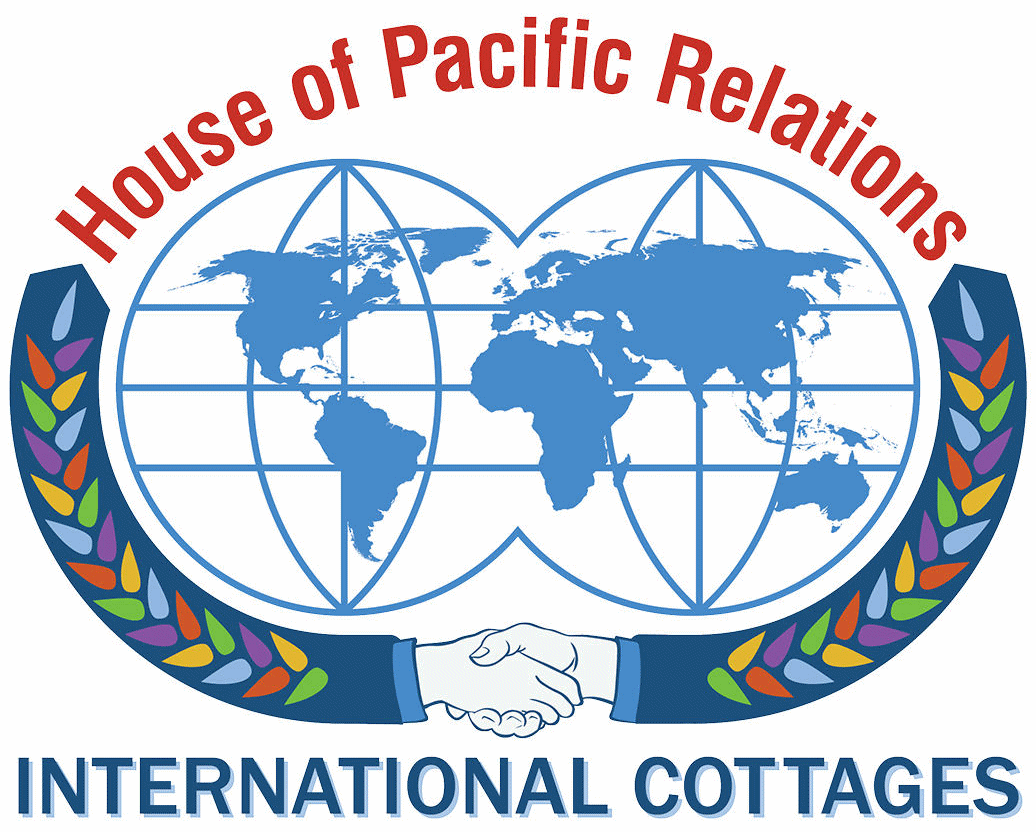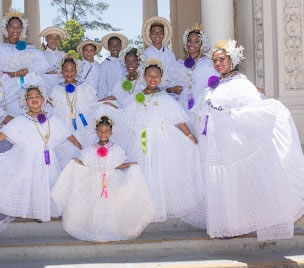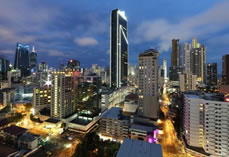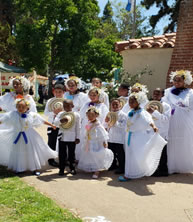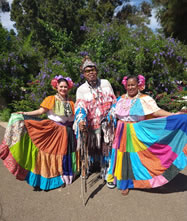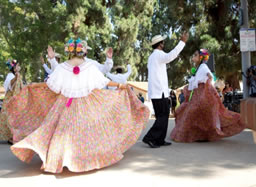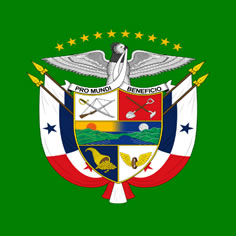
|
CULTURAL PROGRAMS |
|
Dance Classes: Historical Classes: Sister City Society |
||
| |
||
|
CULTURAL EVENTS |
|
Lawn Program: The Ethnic Food Fair and December Nights: For the Ethnic Food Fair the menu is similar to that of the lawn program. The December Holidays feature banana leaf tamales, a special vegetable chicken soup called Sancocho, which is made from a root that is called “ñame”. Jamaica made with ginger is a refreshing drink to be enjoyed. |
||
|
HISTORICAL NOTES |
|
There are seven distinct indigenous cultures in Panama. They are divided into four major groups: the Ngöbe-Buglé, the Guna, the Emberá-Wounaan, and the Naso-Bribri. These indigenous communities of Panama still maintain a very traditional lifestyle and have their own dialects, languages, and customs. They are also self-governing. Contrary to the sometimes erroneous belief that the Pacific Ocean and the Caribbean Sea are on different water levels, they are indeed on the same level. The purpose of the Panama Canal’s locks is to bring ships up to Lake Gatun level. The name Chiriquí (a Province in Panama) means “The valley of the moon.” Chiriquí is a province with rich tropical rainforests and beautiful valleys. It is home to the highest peak on the Isthmus of Panama, standing 13,800 feet above sea level. This peak offers a breathtaking view of the Pacific Ocean and the Caribbean Sea.
|
||
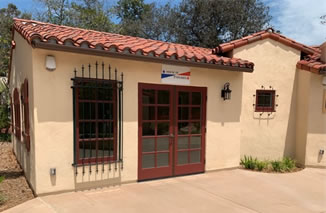 |
HOUSE of PANAMA COTTAGE/MUSEUM |
|
Balboa Park in San Diego, CA, began as 1400 acres of land set aside in 1868 by San Diego civic leaders. The park was known as “City Park” and became a destination for men and women seeking transportation to Panama to work on the Panama Canal. Later the park was renamed Balboa Park after Vasco Núñez de Balboa, the first European explorer to cross the Isthmus of Panama to the Pacific Ocean in 1513. |
||
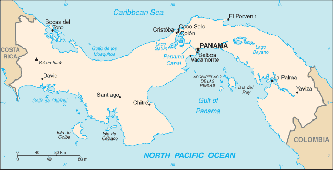 |
COUNTRY INFORMATION |
|
Land Area: 78,200 sq km Click map for larger view Source: The World Factbook - Panama |
||
